Introduction to Cold Outreach

Cold outreach is a strategy used by individuals and businesses to initiate contact with potential customers, clients, partners, or employees who have had no prior interaction with the sender.
This method is commonly utilized in sales, marketing, networking, and recruiting to expand opportunities and grow a business or professional network.
Cold outreach can take many forms, including emails, phone calls, social media messages, and even traditional mail.
The key to effective cold outreach lies in personalization, relevance, and providing value to the recipient.
Cold Calls vs Cold Emails

Cold calls and cold emails are both strategies used in cold outreach to establish contact with potential leads, clients, or partners. Despite sharing the same goal of initiating a new relationship or opportunity, they have distinct characteristics, advantages, and challenges.
The key differences between a cold call and a cold email lie in their approach, effectiveness, and the way they are received by potential customers.
Understanding these differences is important to form your outreach strategy for your target audience and achieve your sales and marketing objectives.
Approach and Timing
Cold Calls involves directly phoning potential customers. It's immediate and allows for real-time interaction. This method is more personal but can be seen as intrusive if not done at the right time.
At the same time sending a written message to prospects is less intrusive, allowing recipients to engage with the content on their own time. Emails can be more easily personalized and scaled.
Personalization and Engagement
Cold calls offer a high level of personal engagement. Sales reps can adapt their pitch in real time based on the conversation, making it easier to overcome objections.
Whereas cold emails allow for personalization through targeted content but lack immediate interaction. The effectiveness depends on the subject line and email content to engage the recipient.
Success Metrics and Feedback
Success can be measured by call duration, engagement level, and immediate feedback or objections. However, measuring the success rate requires considering the number of calls made versus positive outcomes.
In cold emailing, open rates, click-through rates, and responses serve as success metrics. These metrics provide insights into the email's effectiveness and the interest level of potential customers.
Scalability and Cost
Cold calling is more time-consuming and resource-intensive, requiring trained personnel. The scalability is limited by the number of calls a sales rep can make in a day.
Whereas cold emailing is highly scalable and cost-effective, allowing businesses to reach a large number of prospects quickly. Automation tools can further enhance efficiency.
Conversion Potential
Cold calls can result in immediate decisions or appointments, potentially leading to quicker conversions. However, it requires skilled sales reps to navigate the conversation towards a positive outcome.
Cold emails may lead to a slower conversion process but allows prospects to consider the offer more thoroughly. Effective follow-up emails are crucial for moving prospects through the sales funnel.
Compliance and Reception
A cold call must navigate legal restrictions and do-not-call lists. The method can be perceived as disruptive, affecting the brand's image if not handled carefully.
cold email faces regulations like GDPR and CAN-SPAM Act, requiring consent and opt-out options. Well-crafted emails can enhance brand perception and generate interest without being invasive.
Which is More Effective?
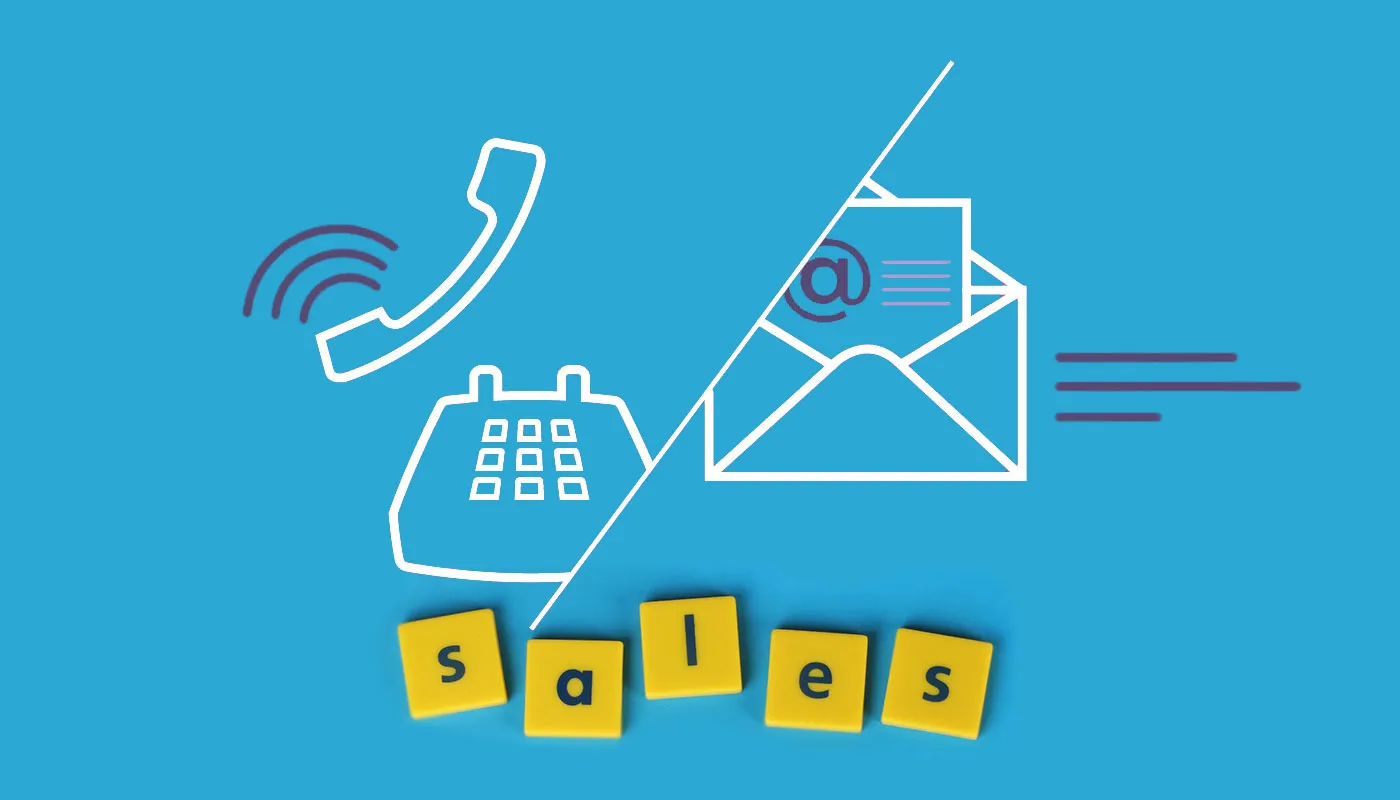
The effectiveness of a cold call versus a cold email largely depends on the context, including your industry, the nature of your product or service, your target audience's preferences, and your overall marketing strategy.
Both methods have their unique advantages and potential drawbacks, and their success can vary based on execution.
Industry Norms and Expectations Context:
- Professional Services and High-touch Industries: In sectors like finance, consulting, and premium B2B services, personalized communication like cold calling can be more effective due to the high value placed on relationships and trust.
- Tech and E-commerce: Industries with a digital-first approach often find cold emails more effective, as their audience is accustomed to online communication and may prefer the less intrusive nature of emails.
Audience Demographics Context:
- Age: Younger demographics, particularly millennials and Gen Z, who are more email and messaging-oriented, may respond better to cold emails. Older generations might still prefer the personal touch of a phone call.
- Tech Savviness: A tech-savvy audience, comfortable with digital communication, might be more open to engaging through cold emails, whereas less tech-oriented individuals could respond better to cold calls.
Buying Cycle and Decision-making Process Context:
- Complex Sales Cycles: For products or services with a long sales cycle requiring significant education or customization, cold calls can initiate a dialogue that nurtures leads through the cycle.
- Quick Decision Products: Items or services that are straightforward or impulse buys can benefit from the efficiency of cold emails, allowing customers to quickly act on the information provided.
Regulatory and Cultural Considerations Context:
- Regulations: Some regions have strict telemarketing laws that might limit cold calling but have more lenient rules regarding email communication, influencing the choice of outreach strategy.
- Cultural Preferences: Cultural attitudes towards business communication can also dictate the effectiveness of cold calls versus emails. Some cultures may view cold calls as too direct or intrusive, preferring the subtlety of emails.
Market Saturation Context:
- Email Overload: In markets or industries where email saturation is high, and potential customers are bombarded with marketing emails, cold calls might cut through the noise more effectively.
- Call Aversion: Conversely, in environments where people are overwhelmed by unsolicited calls, a well-crafted cold email might stand out and be more appreciated.
Role of Cold Outreach in Sales Process
The role of cold outreach in the sales process is important for initiating contact with potential customers who are unaware of or have not expressed direct interest in your products or services.
It serves as the bridge between potential leads and the opportunities that your solutions can offer them. Here's a closer look at its significance and execution within the sales process:
Significance of Cold Outreach
- Lead Generation: Cold outreach is essential for generating new leads, expanding your customer base beyond your existing network. It helps in identifying prospects who might benefit from your offerings but are currently outside your sphere of influence.
- Market Expansion: It allows businesses to tap into new markets and demographics, testing the waters with different audience segments to understand broader market needs and responses.
- Brand Awareness: Cold outreach introduces your brand and its value proposition to potential customers, increasing your visibility and establishing your presence in the competitive market by sales calls or by running a cold email campaign.
- Feedback and Insights: Engaging with prospects through cold outreach provides valuable feedback and insights into market needs, preferences, and potential objections, which can inform product development and marketing strategies.
Role of Cold Outreach in Building Relationships
While the immediate goal of cold outreach is to generate leads and sales, its broader objective is to initiate and nurture relationships with potential customers. By providing valuable insights, solutions, and content right from the first contact, businesses can establish trust and credibility.
This relationship-building aspect is fundamental to the sales process, as it lays the foundation for long-term customer engagement and loyalty.
How to Decide Between Calling and Emailing
How to Combine Cold Calls and Emails for Maximum Impact
Combining cold calls and cold emails can significantly enhance your outreach efforts, leveraging the strengths of both strategies for maximum impact.
Here's a guide on how to effectively blend these approaches:
Start with a Cold Email
Begin your outreach with a personalized cold email. This serves as an introduction of yourself and your offering to the potential customer. Ensure your email is concise, with a compelling subject line that encourages the recipient to open it.
Mention key points that can solve the prospect's pain points, making it relevant to their needs.
It warms up the prospect of your call. If the email is intriguing enough, they might look forward to your call or even respond with their availability.
Follow-up with a Cold Call
After sending the email, give it a day or two, then follow up with a cold call. Reference your email during the call: "I sent you an email a couple of days ago regarding [topic] and wanted to discuss how we can help you with [solution]."
This shows the prospect that you are serious about helping them and personalizes the outreach further. The initial email provides a context for the call, increasing the likelihood of a positive reception.
Utilize Email Campaigns for Further Engagement
If the call goes well, follow up with another email thanking them for their time, summarizing the call, and outlining the next steps. If the call goes to voicemail, send an email stating you tried to reach them and will try again later. Mention that they can reply to the email if that's more convenient for them.
This keeps the communication line open, providing multiple channels for the prospect to engage with you. It also helps in keeping your proposition fresh in their mind.
Implement Tracking and Analytics
Use email tracking tools to monitor open and response rates, and phone call tracking to analyze the best times for calling and conversion rates. This data can help refine your approach, ensuring you reach out at the most opportune moments.
By understanding the behavior of your prospects, you can tailor your outreach strategy to be more effective, maximizing the impact of your efforts.
Personalization is Key
Ensure both your emails and calls are personalized to the recipient’s needs, challenges, and industry. Use information gathered during your research phase to tailor your message, showing that you understand their specific situation.
Personalization increases relevance, which can significantly boost engagement rates. Prospects are more likely to respond when they feel the message addresses their unique needs and pain points.
Continuous Follow-Up
Persistence is crucial in cold outreach. If you don't get a response to your email or call, follow up with a combination of emails and calls, spacing them out over a few weeks. However, always provide value in each interaction and respect the prospect's time and interest level.
Regular, value-driven follow-ups keep you top of mind with the prospect. It demonstrates your commitment to providing solutions for them, which can eventually lead to a positive outcome.
The Synergy Effect
By integrating cold calls and cold emails, you create a multifaceted outreach strategy that plays to the strengths of each method. Cold emails offer scalability and the ability to provide detailed information, while cold calls add a personal touch and immediacy to your outreach.
Together, they can help build relationships, foster trust, and ultimately drive sales, making your cold outreach efforts more effective and successful.
What’s the Ideal Success Rate for Cold Emails and Cold Calls?
The ideal success rate for cold emails and cold calls can vary significantly depending on the industry, target audience, and the quality of the outreach list.
However, there are general benchmarks that can help you gauge the effectiveness of your cold outreach efforts.
Cold Emails
Open Rate: A good open rate for cold emails is typically between 20% to 30%. This indicates that your subject lines are compelling enough to prompt recipients to open the email.
Response Rate: The average response rate for cold emails can range from 1% to 5%. A rate closer to or above 5% is considered very good and suggests that your email content is engaging and relevant to the recipients.
Best Time for Success: Sending cold emails early in the week, specifically on Tuesdays and Thursdays, between 8 AM and 10 AM local time of your target audience, has been shown to improve open and response rates.
Cold Calls
Contact Rate: For cold calls, the contact rate (the percentage of calls that reach the intended recipient) can vary widely, but aiming for a contact rate of 20% to 30% is a reasonable target.
Conversion Rate: The conversion rate (percentage of calls that result in a positive outcome, such as a meeting or sale) for cold calls is generally lower, often between 2% to 5%. Achieving a rate above this range would be considered highly successful.
Best Time for Success: The most effective times for cold calling are typically on Wednesdays and Thursdays, between 4 PM and 5 PM, as well as between 11 AM and 12 PM. These time slots tend to have higher contact rates as prospects are more likely to be available and willing to engage.
Factors Influencing Success Rates
- Targeting: Success rates are highly dependent on how well you've targeted your outreach. The more relevant your message is to the recipient, the higher the likelihood of a positive response.
- Personalization: Personalizing your emails and calls to address the specific needs and pain points of your prospect can significantly increase success rates.
- Value Proposition: Clearly articulating what value you offer to the prospect is crucial. Your proposition should be compelling and differentiate you from competitors.
- Follow-up Strategy: Persistence through follow-ups can improve success rates, but it's important to balance persistence with respect for the prospect's time and interest level.
- Timing: The timing of your outreach can also impact success rates. Researching and targeting times when your prospects are more likely to be available and receptive can make a big difference.
Cold Email vs Cold Call: Key Statistics
Here are some key statistics and insights that highlight the effectiveness, challenges, and optimization tactics for both methods:
1. Personalized Manual Emails
Approximately 31% of sales representatives believe that sending personalized, manual emails to prospects is significantly more effective than relying on automated cold email campaigns. Personalization can dramatically increase engagement and response rates.
2. Cold Call Duration
When making a cold call, sales reps usually have a window of 5 to 10 minutes to capture the prospect's interest. This brief interaction underscores the importance of a well-crafted and engaging pitch.
3. Impact of Discussing ROI
Mentioning ROI (Return on Investment) in cold emails can potentially decrease response rates by 15%, according to research by Gong. This suggests that focusing too early on ROI can be off-putting for prospects who are not yet engaged.
4. Optimal Days and Times for Cold Calls
The most effective days to make cold calls are Wednesday and Thursday. The best times are shortly before lunch (between 11 a.m. and noon) and during the last hour of the workday (between 4 p.m. and 5 p.m.), maximizing the chance of reaching prospects.
5. Timing for Personalized Emails
Sending personalized emails during the late morning and late afternoon yields higher open and click-through rates. These time frames align with when prospects are more likely to check and engage with their emails.
6. Email Call-to-Action (CTA) Strategy
Cold emails with CTAs that gauge the prospect's interest tend to outperform those that directly ask to arrange a meeting. This approach allows for a more natural progression towards engagement.
7. Outreach Attempts
On average, top-performing sales reps might make up to five outreach attempts, while others may require up to eight attempts to initiate a meeting or conversation with a new contact. Persistence is key to breaking through the noise.
8. Call Attempts for Conversion
It may take as many as six call attempts to convert a new customer. Moreover, increasing call attempts can boost conversion rates by up to 70%, highlighting the importance of follow-up.
9. Lack of Follow-up
Surprisingly, 48% of sales reps do not make any follow-up attempts after an initial cold call. This lack of persistence can significantly reduce the potential for success.
10. Cold Email Response Rate
The average response rate for cold emails is about 1%, illustrating the challenge of engaging prospects through this medium.
How to Craft an Effective Cold Outreach Strategy
Cold Calling Strategies
Cold calling, despite the ongoing cold call debate, remains a vital part of a sales team's arsenal for generating leads. Here’s how to make traditional cold calls more effective:
1. Research and Preparation: Before dialing, research your prospect. Understand their business, role, and potential challenges. This preparation ensures you can quickly establish relevance and value.
2. Script with Flexibility: Develop a call script that outlines key points and questions but be prepared to deviate based on the conversation flow. The goal is to engage the prospect in a meaningful conversation, not to read verbatim.
3. Timing Matters: Choose the right time to call. Early mornings or late afternoons are typically the best times to reach decision-makers.
4. Value Proposition: Clearly articulate your value proposition within the first few seconds. Highlight how your solution addresses their specific pain points or goals.
5. Active Listening: Pay close attention to the prospect’s responses and adjust your pitch accordingly. Active listening can uncover valuable insights and help tailor your message.
6. Anticipate Objections: Prepare for common objections and have responses ready. This preparation shows your understanding of their concerns and your ability to provide solutions.
7. Follow-Up: If you don’t reach the prospect or they request more information, follow up promptly. Persistence is key, but always ensure your follow-ups add value.
Cold Emailing Strategies
Reaching a prospect's inbox effectively requires a different set of tactics. Here’s how to ensure your cold emails stand out:
1. Personalization: Go beyond using the prospect’s name. Tailor the email content based on their industry, role, and known challenges. Personalization increases the likelihood of your email being opened and read.
2. Subject Line: The subject line is your first impression. Make it compelling and relevant to the recipient to encourage them to open the email.
3. Concise and Clear: Keep your email short and to the point. Clearly articulate the purpose of your email and what you’re asking of the recipient. Busy professionals appreciate brevity.
4. Strong Call to Action (CTA): Be clear about what you want the recipient to do next. Whether it’s scheduling a call or simply replying to your email, your CTA should be direct and easy to follow.
5. Social Proof: Include brief mentions of how your product or service has helped similar companies or addressed similar challenges. This builds credibility and interest.
6. Timing: Timing can significantly impact your open rates. Experiment with sending emails at different times and days to find what works best for your target audience.
7. Follow-Up: If you don’t receive an immediate response, it’s important to follow up. However, ensure your follow-up emails provide additional value or new information to justify the contact.
Integrating Strategies for Maximum Impact
The most successful sales team understands the power of integrating both cold calling and cold emailing into their outreach strategies. Use emails to warm up leads before a call or to follow up after a call to reinforce your message.
Combining both approaches allows you to leverage the strengths of each, increasing your chances of engaging prospects and moving them through the sales funnel.
How to Track and Analyze Your Cold Outreach Efforts
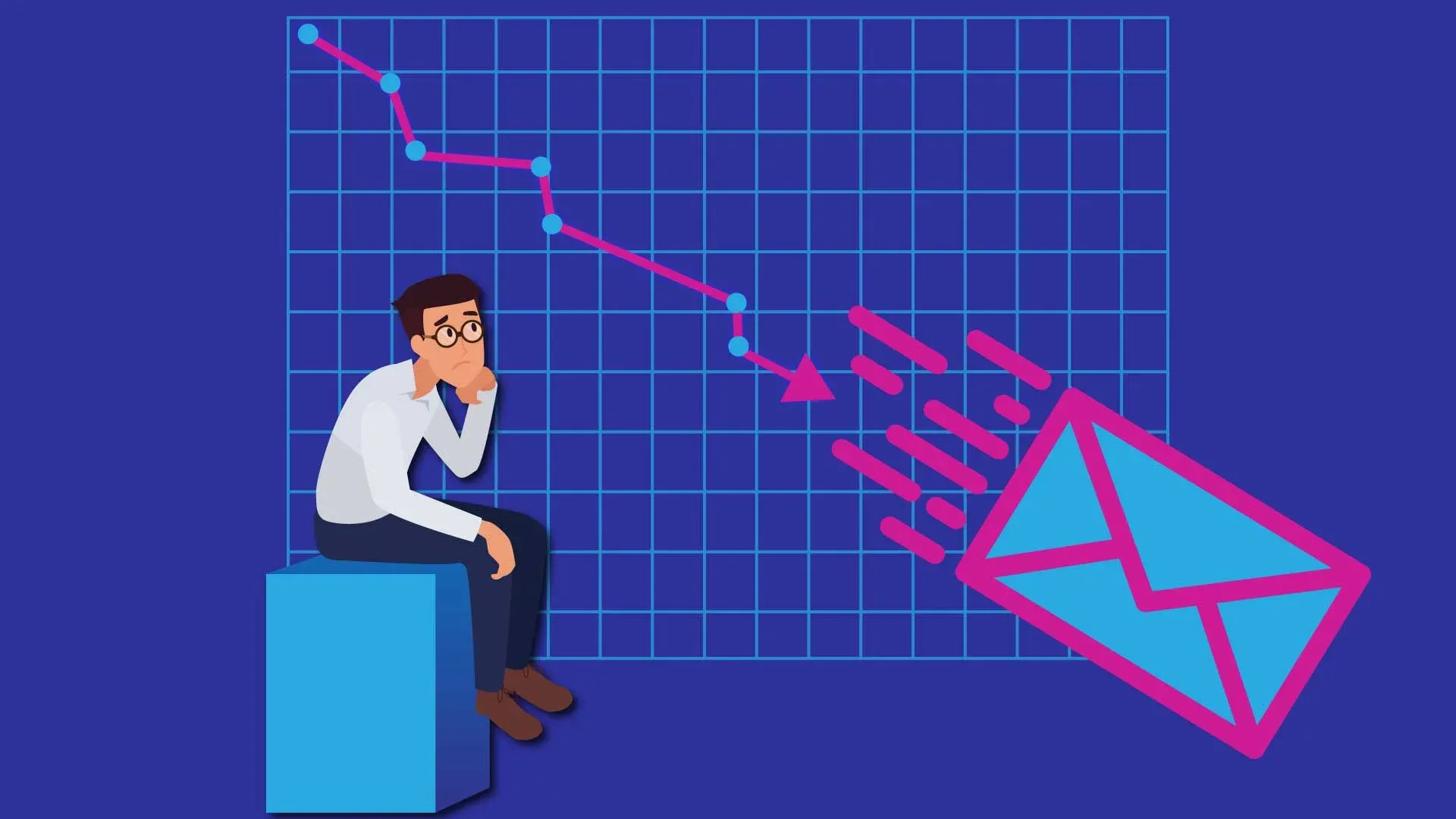
Tracking and analyzing your cold outreach efforts are essential for refining your strategy, understanding what works, and improving your overall success rate.
Here are steps and tips on how to effectively track and analyze your cold calling and emailing campaigns:
Setting Up Tracking Systems
- CRM Integration: Use a Customer Relationship Management (CRM) system to log and track all outreach activities. Ensure each call, email, and response is recorded along with relevant details such as time, date, and outcome.
- Email Tracking Tools: Utilize email tracking software to monitor open rates, click-through rates, and response rates for your cold emails. Tools like Mailchimp, HubSpot, or Yesware can provide valuable insights.
- Call Tracking Software: For cold calling, use software that can track call duration, call outcomes, and follow-up activities. Some CRMs offer this functionality, or you could use specialized call tracking solutions.
Analyzing Outreach Efforts
Measure Key Performance Indicators (KPIs):
- For Emails: Track open rates, response rates, click-through rates, and conversion rates.
- For Calls: Monitor call response rate, conversion rate, average call duration, and the number of follow-ups.
Segment and Compare:
- Segment your data by different variables such as target industry, job title, or geographic location to identify patterns and trends.
- Compare the performance of different outreach scripts, email templates, or call times to determine what yields the best results.
A/B Testing:
- Regularly conduct A/B tests for both emails and calls. For emails, test different subject lines, email lengths, and calls to action (CTAs). For calls, experiment with various opening statements or value propositions.
- Use the results to refine your approach continuously.
Feedback Loop:
- Collect feedback from prospects during calls or through email responses. Note any common objections or questions.
- Use this feedback to adjust your messaging, targeting, or overall strategy.
Conversion Tracking:
- Pay close attention to how many leads move through your sales funnel from the initial outreach to the final sale.
- Analyze the steps where prospects drop off to identify areas for improvement.
Return on Investment (ROI):
- Calculate the ROI of your cold outreach campaigns by comparing the revenue generated from converted leads against the cost of your outreach efforts.
- This will help you understand the financial effectiveness of your strategy and where to allocate resources.
Utilizing Data for Strategy Optimization
- Identify Success Factors: Use your data to pinpoint which strategies, times, or messages are most effective and double down on those.
- Personalization and Segmentation: Tailor your approach based on insights gained from tracking. Segment your audience for more personalized and effective outreach.
- Continuous Learning: Cold outreach is an evolving process. Stay adaptable and continually refine your strategy based on the data you collect.
Tools for Cold Outreach
Customer Relationship Management (CRM)

- Salesforce: A comprehensive CRM platform that helps manage customer information, interactions, and automates sales processes.
- HubSpot: Offers a free CRM at its core, with additional marketing, sales, and service hubs to manage all stages of the customer journey.
Email Automation and Personalization
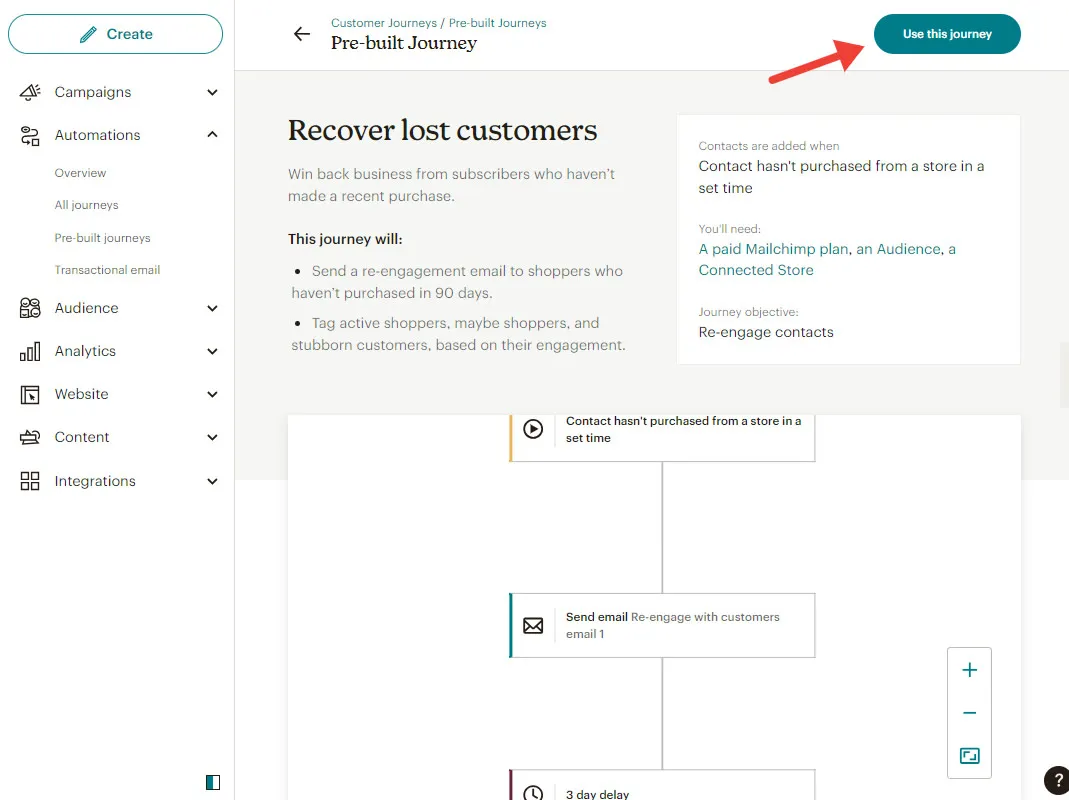
- Mailchimp: Known for its email marketing capabilities, it also offers automation features to personalize cold outreach at scale.
- Outreach.io: A sales engagement platform that streamlines communications across email, voice, and social, and integrates with many CRMs.
Call Tracking and Management
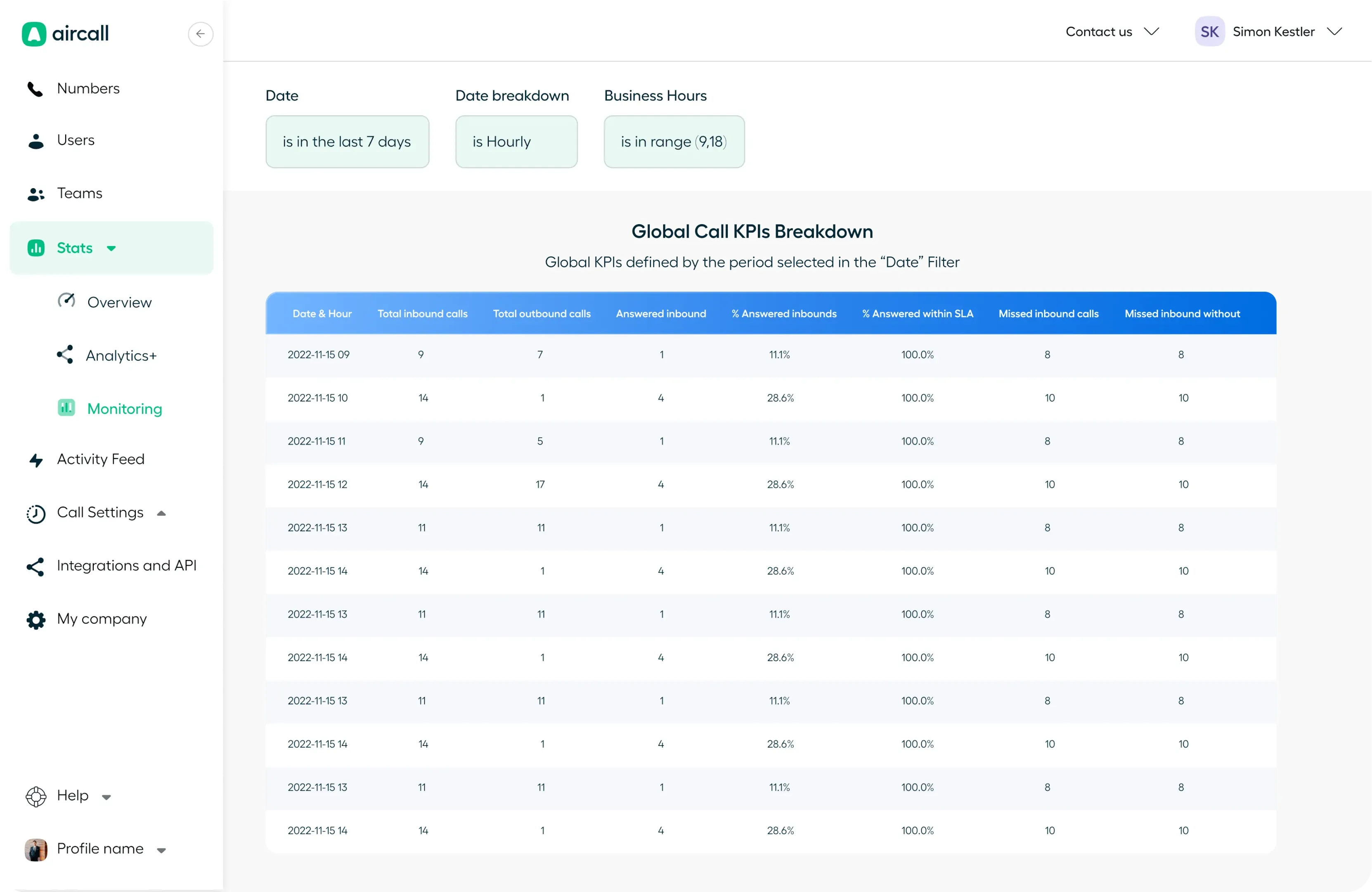
- RingCentral: A cloud-based phone system that includes call tracking, recording, and analytics to optimize cold calling efforts.
- Aircall: Provides a cloud-based call center solution that integrates with CRMs and supports call monitoring, recording, and analytics.
Prospecting and Lead Generation
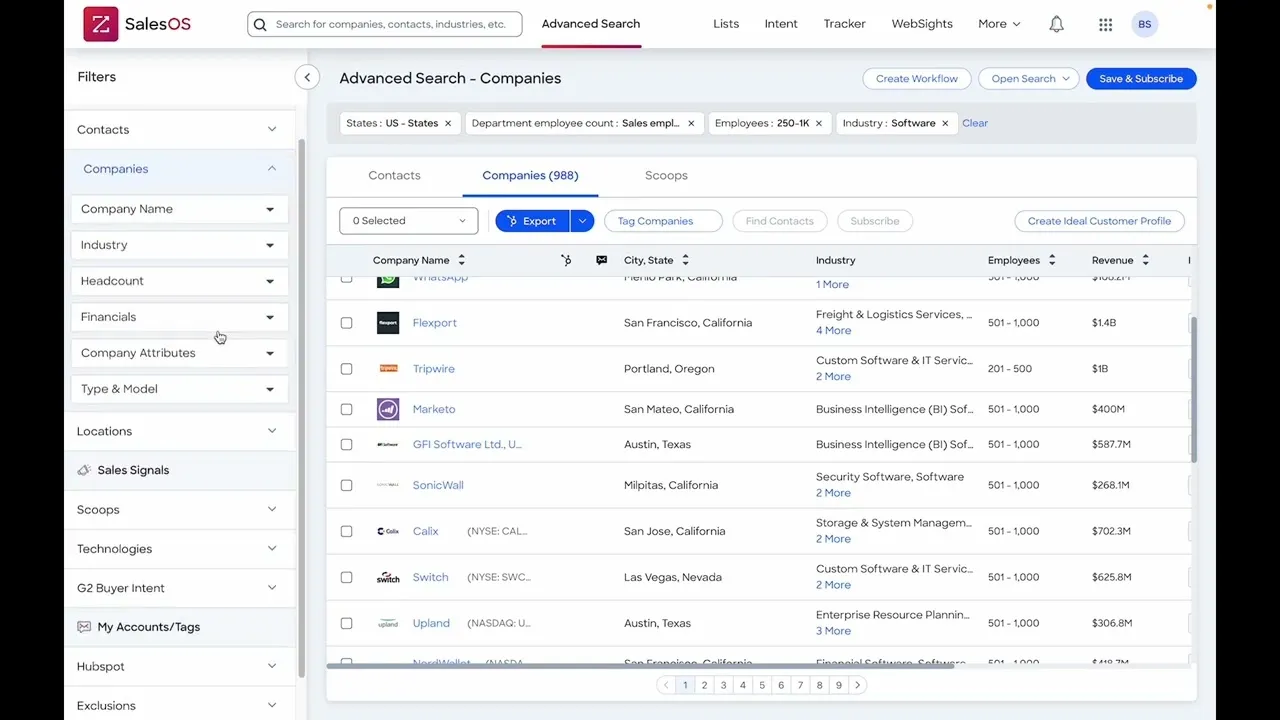
- LinkedIn Sales Navigator: Offers advanced search and personalized lead recommendations to find the right prospects on LinkedIn.
- ZoomInfo: A comprehensive B2B database that provides detailed company and contact information for targeted outreach.
Analytics and Performance Tracking

- Google Analytics: While not specific to cold outreach, it's invaluable for tracking website traffic and behavior following email or call campaigns.
- Mixpanel: Offers detailed analytics on user interactions with your website or product, helping tailor follow-up communications.
Scheduling
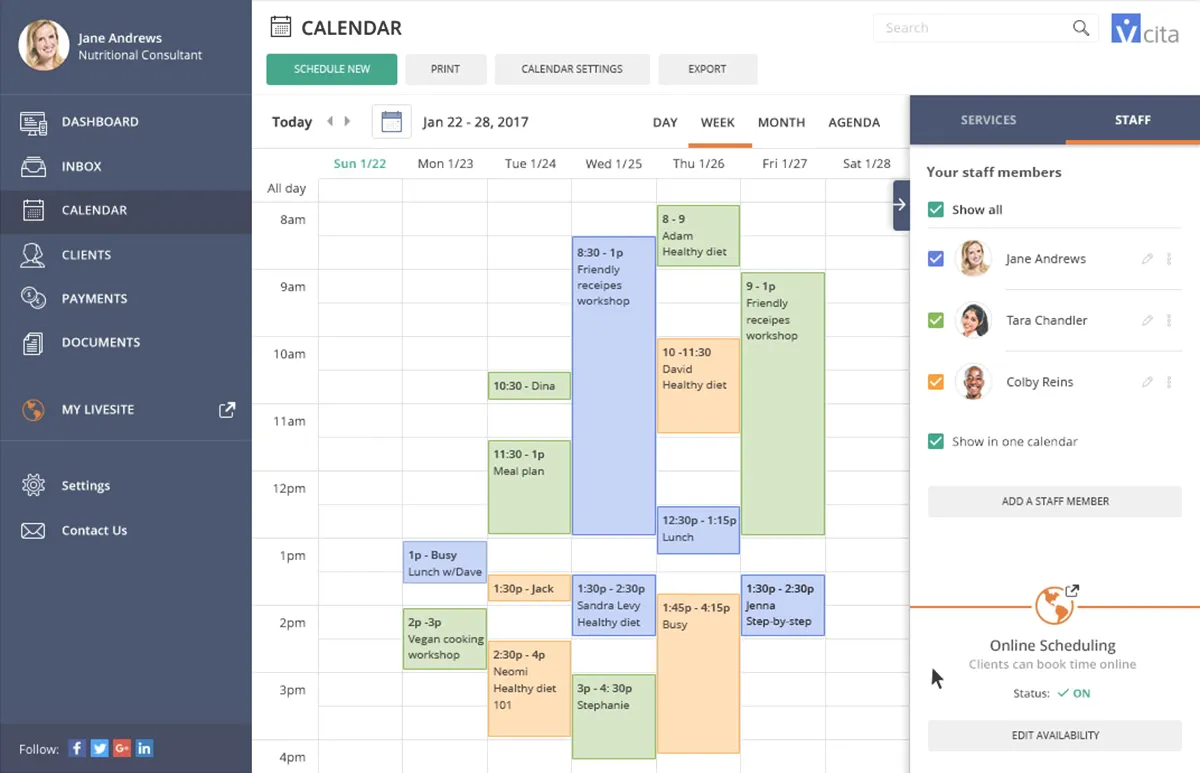
- Calendly: Simplifies the process of scheduling meetings by allowing prospects to choose a time that works for them, reducing back-and-forth emails.
- Doodle: Offers a range of scheduling options to find the best time for calls or meetings with multiple stakeholders.
Email Finding Tools
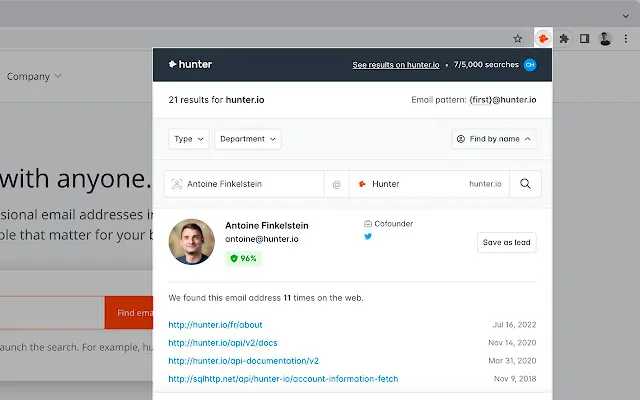
- Hunter.io: Helps find email addresses associated with a domain and verify them, crucial for cold emailing.
- Voila Norbert: Another tool for finding and verifying email addresses, ensuring your messages reach their intended recipients.
Social Media Tools
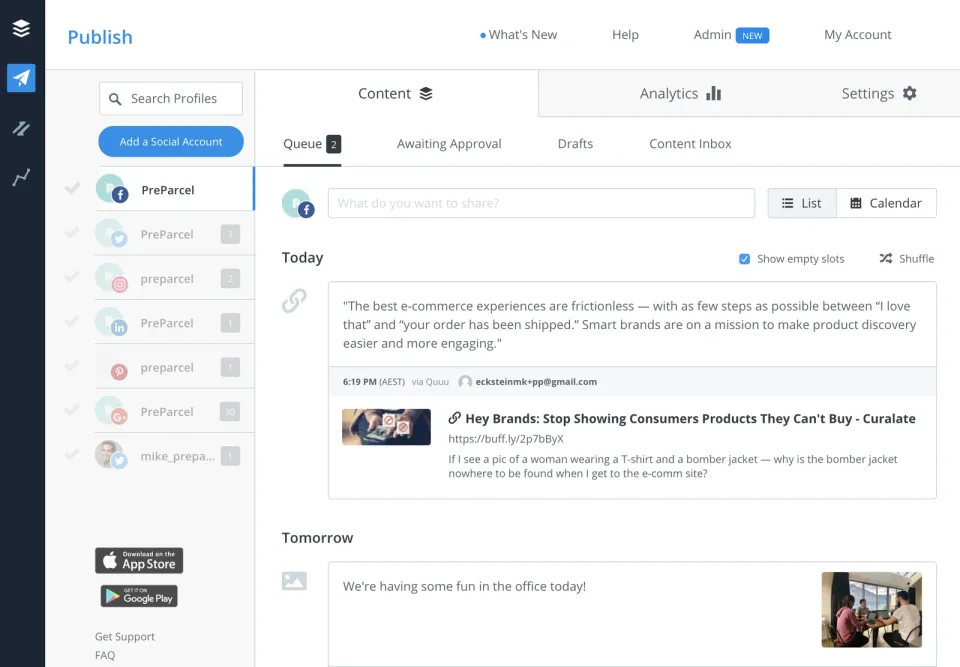
- Buffer: Manage and schedule posts across various social media platforms to increase visibility and engagement with potential leads.
- Hootsuite: Another comprehensive social media management tool that allows you to monitor mentions and engage with prospects across platforms.
Concluding Thoughts
Choosing between cold calls and cold emails depends on your audience, industry, and goals. Cold calls are effective for high-value deals and complex solutions, ideal for industries where personal interaction builds trust, like professional services. They provide immediate engagement but require skillful execution and timing.
Cold emails offer scalability and efficiency, favored by digital-first industries and younger demographics who prefer less intrusive communication. They allow reaching a broad audience quickly and are cost-effective.
Successful outreach combines both methods. Start with cold emails to introduce yourself and follow up with calls to deepen the connection. Personalization, strategic timing, and persistence are key across both methods. Use analytics to refine your approach, focusing on open and response rates for emails and engagement levels for calls.
Ultimately, the right strategy balances personal touch with scalability, tailored to your target market's preferences and behaviors. Integration, continuous optimization, and leveraging feedback are crucial for converting cold leads into engaged customers.





.jpg)

.jpg)
